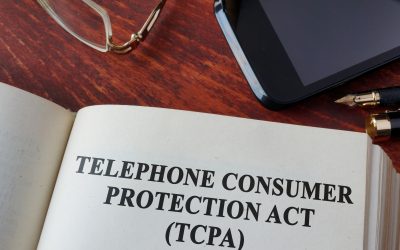Reviewing For Potential Unfair, Deceptive, Abusive Acts and Practices (UDAAP) Issues:
On March 8, 2023, the CFPB issued a special edition of their Supervisory Highlights publication to highlight issues noted at financial institutions and servicers regarding junk fees. See https://files.consumerfinance.gov/f/documents/cfpb_supervisory-highlights-junk-fees-special-edition_2023-03.pdf.
In doing so, the CFPB may have assisted many second- and third-line reviewers and auditors with their UDAAP review scopes. This is like the college professor providing the outline for the test ahead of time.
Any assistance from the regulators regarding reviewing UDAAP is welcome, as UDAAP is different from many other areas of consumer regulatory compliance where the reviewer can review the regulation, write testing scripts, include citations, create a test sheet, and pretty much know what to look for. With UDAAP, the reviewer is responsible for “knowing it when they see it.” It’s important for the second and third line staff to reveal UDAAPs before the examiners do, as that can lead to a better outcome on the next regulatory examination. Let’s dissect an approach that will increase the reviewer’s ability to spot UDAAPs before the examiners do.
The best way to tackle a review of UDAAP in an institution is to cast a wide net. The reviewer wants the best chance possible of seeing something. Additionally, perform detail testing, review the configuration of systems, review the configuration of individual loans in the system, and don’t limit the review to reading policy and procedures and looking at templates. Reviewing UDAAP requires getting in the weeds, testing transactions, and – more importantly – testing transactions in terms of what really happened compared to what was in the contract. Let’s look at an example from the March 8, 2023, Supervisory Highlights, page 9, where servicers’ contracts/agreements capped late fees at a certain amount, call it “x”. So far so good. But state law allowed a maximum late fee of “y” which was a higher amount. The servicers charged consumers the higher allowable state fee of “y” even though the contract/agreement had it capped at a lower amount. Why? Because servicing systems didn’t have a field for the agreed-upon capped fee. If a reviewer only reviewed against state maximums, the reviewer would not have identified this error. In this instance, the reviewer would have had to review the actual fee charged against the contract/agreement … and then ensured that it was at or lower than the state maximum allowed. To be thorough, the reviewer needed to review the set-up of the loan in the servicing system, as well. A review of policies and procedures would not have revealed the above finding.
It can be disheartening to have examiners reveal UDAAPs in an institution where active second and third line reviewing and auditing is taking place, yet missing the UDAAPs that examiners are revealing. A small tweak to the testing approach described above could enable the institution’s staff to reveal the findings themselves.





0 Comments